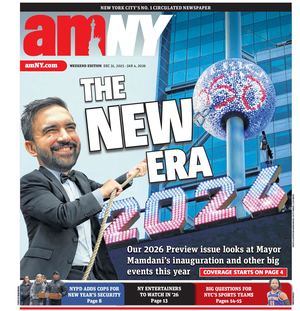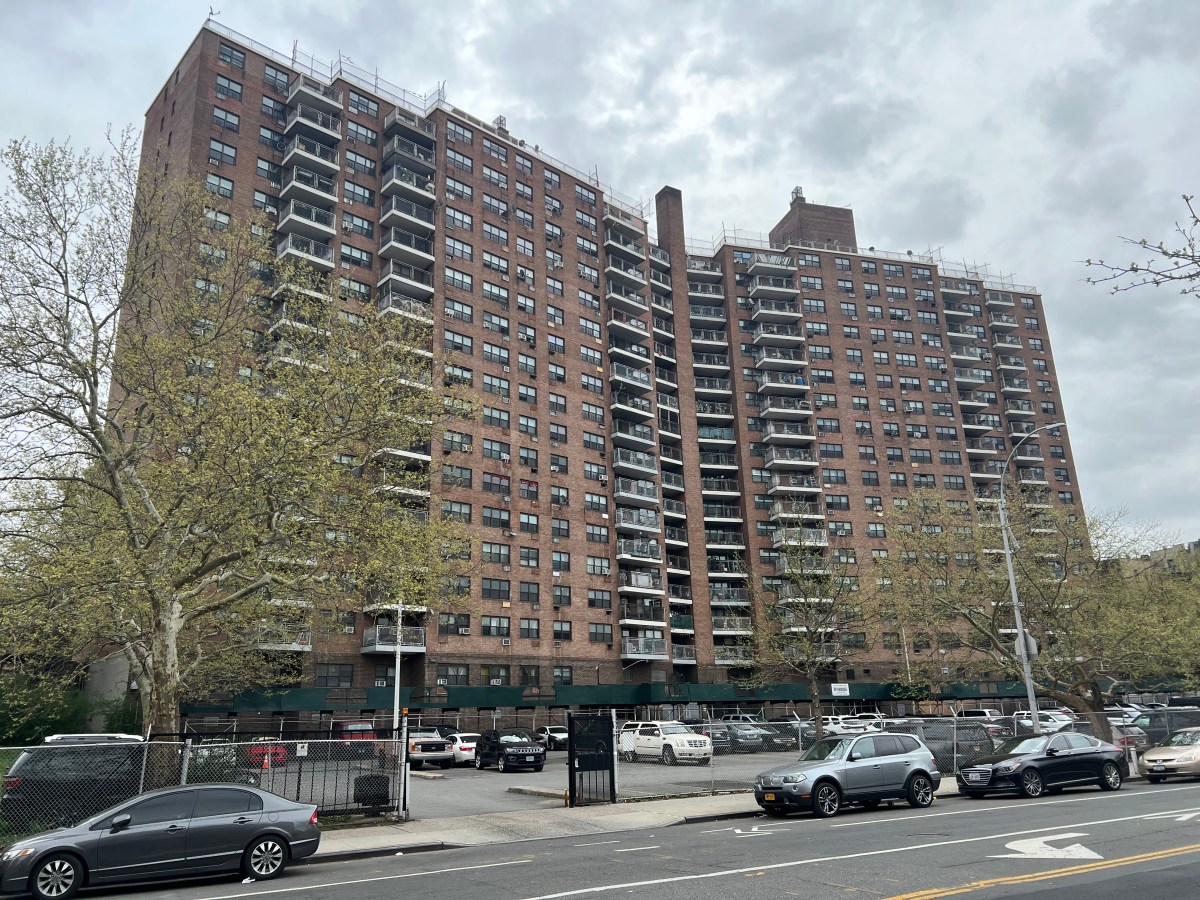Midtown Manhattan has the highest potential of any U.S. city to convert empty office buildings into apartments, according to a new report by the Kaplan Group, a firm specializing in commercial debt collection. The study found that the neighborhood’s vacant office spaces could be repurposed into more than 78,000 residential units.
As New York City contends with record-low housing availability and soaring rents, the report points to underused office buildings as a possible fix. With vacancy rates at a 50-year low and affordability slipping further out of reach for many New Yorkers, the idea of transforming unused commercial real estate into housing is gaining momentum among urban planners and policymakers.
The Kaplan Group’s study used data from Cushman & Wakefield’s first-quarter 2025 office market report, combining square footage of total office inventory with vacancy rates to calculate available space. It then estimated potential apartment yield based on an average unit size of 908 square feet and typical office-to-residential conversion ratios.
The study also evaluated cities based on year-over-year vacancy rate changes, total vacancy, and overall conversion potential.
Of the cities analyzed, Midtown Manhattan ranked first with a projected 78,121 units. San Francisco followed with 61,603, while Dallas, Houston and Chicago rounded out the top five
The report comes as office vacancies continue to rise nationwide. The national office vacancy rate climbed from 19.7% in the first quarter of 2024 to 20.8% in the first quarter of 2025. Nearly three-quarters of cities surveyed saw an increase in vacancy rates over the past year, underscoring the impact of hybrid work on commercial real estate demand.
The study suggests the implications of office conversions extend beyond just increasing housing stock. Transforming unused offices into apartments could help stabilize rents, revitalize downtown corridors and make cities more responsive to shifting work and population trends.
Still, the report also flags financial risks for property owners. As vacancies climb and tenants fall behind on rent, landlords may face increased reliance on debt collection agencies—bringing added costs, delays and legal challenges. The report recommends more rigorous tenant screening and debt management strategies as more units, both converted and new, enter the market.
Amid a national mismatch between housing supply and demand, the report offers a data-driven look at how cities might rethink their built environments to meet changing economic and demographic realities.








































